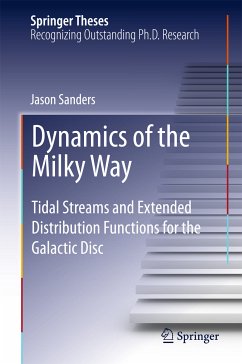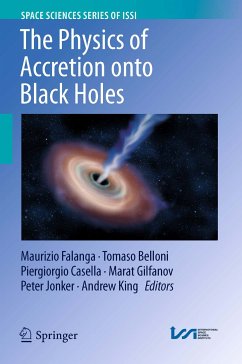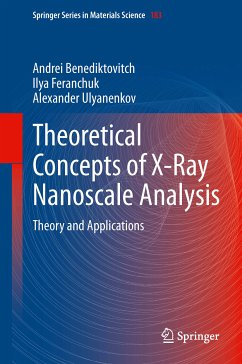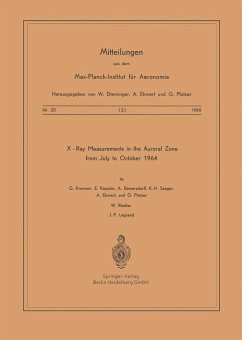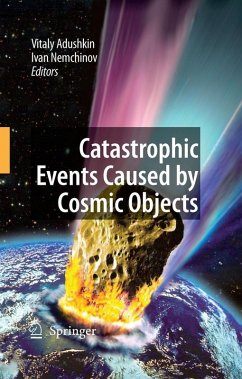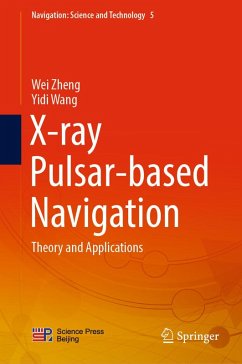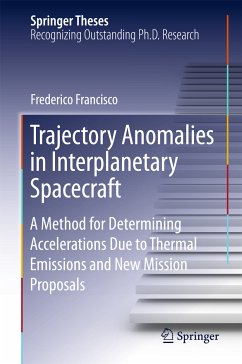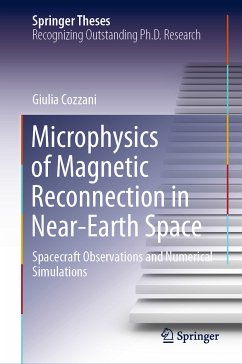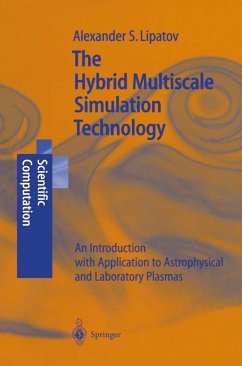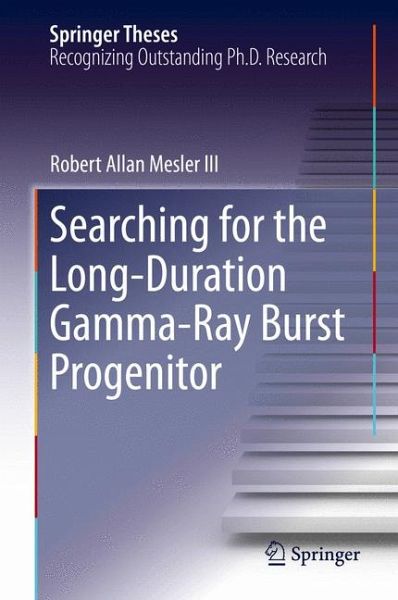
Searching for the Long-Duration Gamma-Ray Burst Progenitor (eBook, PDF)
Versandkostenfrei!
Sofort per Download lieferbar
40,95 €
inkl. MwSt.
Weitere Ausgaben:

PAYBACK Punkte
20 °P sammeln!
Nominated as an outstanding thesis by the Department of Physics and Astronomy of the University of New Mexico, this thesis seeks to identify the gamma-ray burst (GRB) progenitor. GRBs are extragalactic explosions that briefly outshine entire galaxies, but the mechanism that can release that much energy over a < 100 second burst is still a mystery. The leading candidate for the GRB progenitor is currently a massive star which collapses to form a black hole-accretion disk system that powers the GRB. GRB afterglows, however, do not always show the expected behavior of a relativistic blast wave in...
Nominated as an outstanding thesis by the Department of Physics and Astronomy of the University of New Mexico, this thesis seeks to identify the gamma-ray burst (GRB) progenitor. GRBs are extragalactic explosions that briefly outshine entire galaxies, but the mechanism that can release that much energy over a < 100 second burst is still a mystery. The leading candidate for the GRB progenitor is currently a massive star which collapses to form a black hole-accretion disk system that powers the GRB. GRB afterglows, however, do not always show the expected behavior of a relativistic blast wave interacting with the stellar wind that such a progenitor should have produced before its collapse.
In this book, the author uses the Zeus-MP astrophysical hydrodynamics code to model the environment around a stellar progenitor prior to the burst. He then develops a new semi-analytic MHD and emission model to produce light curves for GRBs encountering these realistic density profiles. The work ultimately shows that the circumburst medium surrounding a GRB at the time of the explosion is much more complex than a pure wind, and that observed afterglows are entirely consistent with a large subset of proposed stellar progenitors.
In this book, the author uses the Zeus-MP astrophysical hydrodynamics code to model the environment around a stellar progenitor prior to the burst. He then develops a new semi-analytic MHD and emission model to produce light curves for GRBs encountering these realistic density profiles. The work ultimately shows that the circumburst medium surrounding a GRB at the time of the explosion is much more complex than a pure wind, and that observed afterglows are entirely consistent with a large subset of proposed stellar progenitors.
Dieser Download kann aus rechtlichen Gründen nur mit Rechnungsadresse in A, B, BG, CY, CZ, D, DK, EW, E, FIN, F, GR, HR, H, IRL, I, LT, L, LR, M, NL, PL, P, R, S, SLO, SK ausgeliefert werden.




